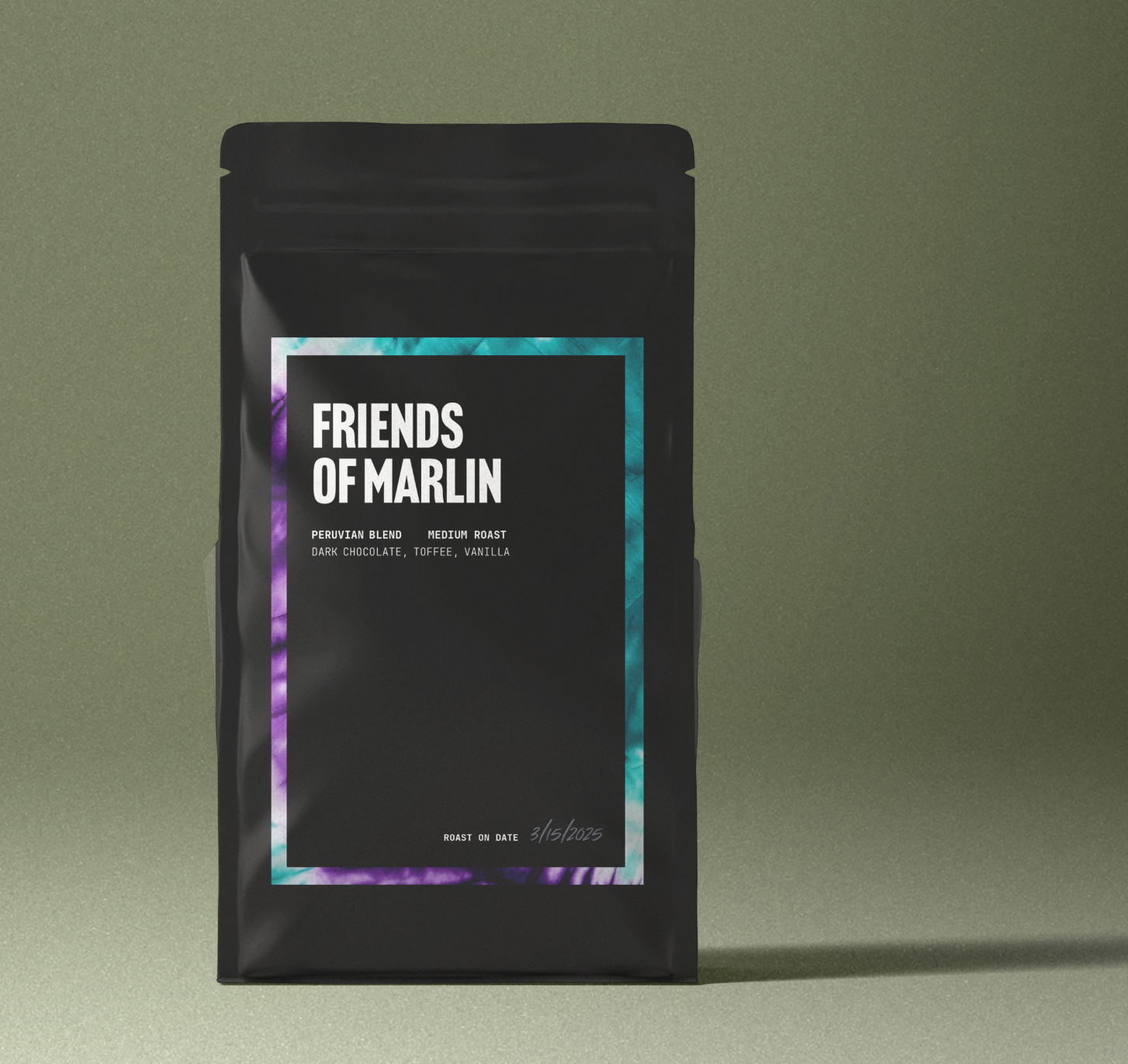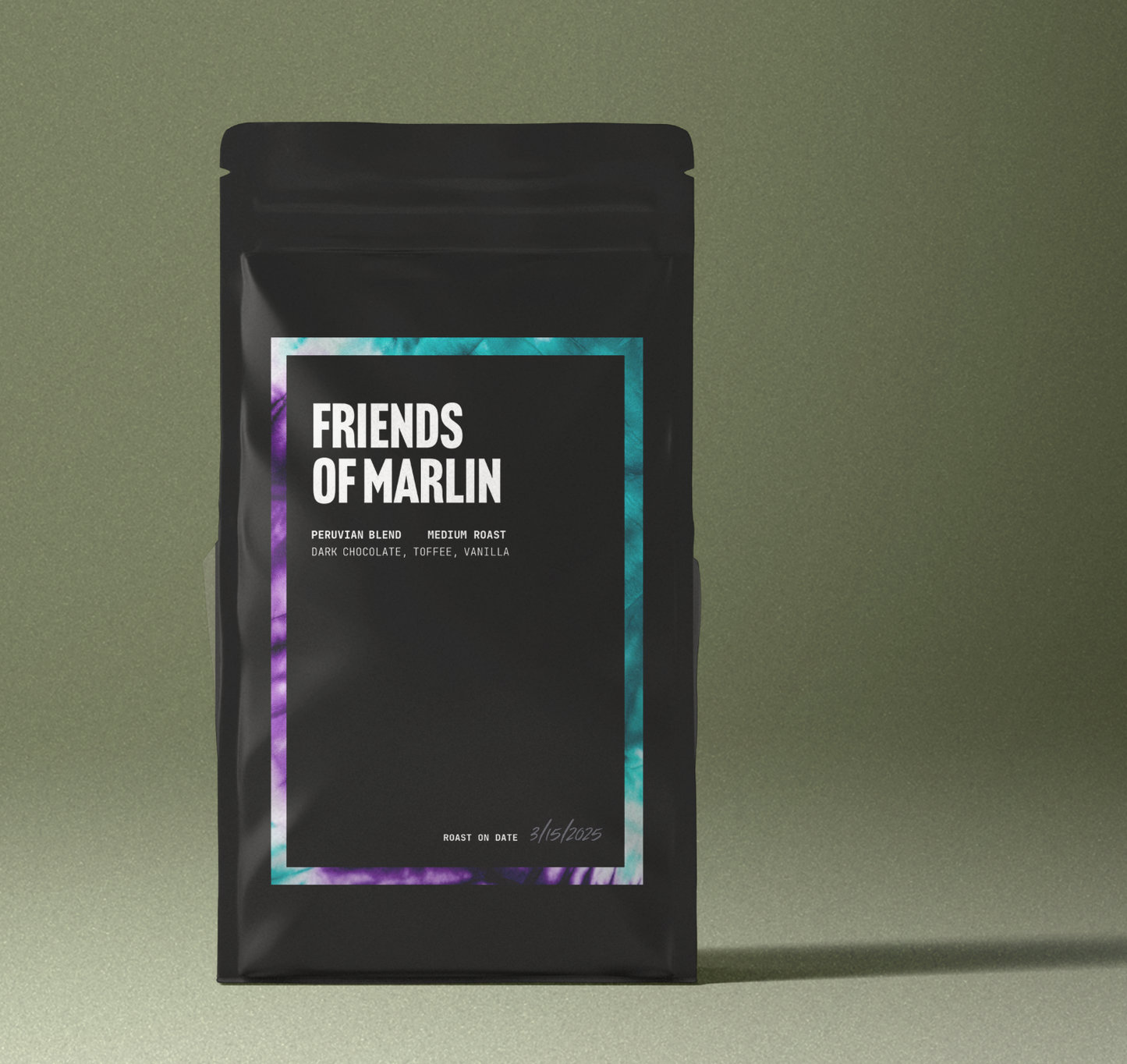
The 10 Best Coffees in the World
Share
There’s never been a better—or more overwhelming—time to be a coffee lover. With hundreds of origins, dozens of processing styles, and yearly Cup of Excellence auctions shattering price records, the question “What’s the best coffee in the world?” can feel impossible to answer. Below is a curated list of ten legendary origins that consistently top expert score sheets, break auction records, and thrill discerning palates. Think of it as a tasting itinerary for the planet’s most iconic beans—no tables, no graphs, just the stories, flavors, and brewing pointers that matter.
This article is a celebration of specialty coffee—beans that go far beyond commodity blends and mass-market roasts. It reflects the values of the third-wave coffee movement, which treats coffee as an artisanal product, emphasizes transparency, and cherishes the complexity in every cup.
How We Chose the List
- Cup Quality & Scores – We looked at coffees that regularly earn 87+ points from certified Q‑graders and competitions like the Cup of Excellence.
- Provenance & Terroir – Altitude, micro‑climate, and soil chemistry all shape flavor; we favored origins whose sense of place is unmistakable.
- Rarity & Impact – Limited‑production lots, heritage varieties, or coffees that changed the industry (e.g., Geisha) earned extra credit.
- Flavor Distinctiveness – Each pick offers a cup profile you can’t easily confuse with anything else.
- Sustainability & Ethics – Certifications, traceability, direct trade coffee relationships, and producer premiums matter.
- Panama Geisha (Boquete & Volcán)
The variety that re‑wrote the record books. At the 2024 Best of Panama auction, a Geisha lot fetched over €9,000 per kilo—roughly US $13,500/kg—setting a new world record.
Flavor map: Jasmine, bergamot, lemongrass, ripe peach, and an effervescent champagne‑like acidity.
Brew tip: Use a paper‑filtered pour‑over (V60 or Kalita) at 93 °C and a 1:16 ratio to spotlight its delicate aromatics.Understanding coffee brewing ratios is crucial to getting the most out of this elite bean.
2. Jamaica Blue Mountain (JBM)
Grown between 910–1,700 m in the mist‑draped Blue Mountains, JBM is regulatedby the Jamaica Coffee Regulators Authority for authenticity. Expect ultra‑clean cups with a silky mouthfeel and restrained acidity.
Flavor map: Milk chocolate, sweet cream, soft citrus, and a lingering cane‑sugar finish.
Brew tip: JBM’s subtlety shines in a classic auto‑drip or siphon brewer; avoid ultra‑fine grinds that can mute nuance. Coffee grind size plays a key role in unlocking its full potential.
3. Ethiopia Yirgacheffe (Gedeo Zone)
Often a Cup of Excellence finalist, Yirgacheffe is the poster child for Ethiopia’s heirloom coffee varietals. Naturals explode with berry compote; washed lots lean floral and citrusy.
Flavor map: Lemon zest, jasmine, blueberry, and black tea.
Brew tip: A Chemex with a bloom‑heavy pour unlocks its tea‑like clarity. This is an ideal bean for coffee cupping and exploring coffee flavor profiles.
4. Kenya AA (Nyeri, Kirinyaga, Kiambu)
The “AA” grade denotes the largest bean size, but it’s Kenya’s SL28/SL34 cultivars and iron‑rich volcanic soils that deliver its signature black‑currant snap.
Flavor map: Blackberry, grapefruit, tomato‑like umami, and a dry, winey finish.
Brew tip: Try a metal‑filtered AeroPress at a 1:15 ratio to preserve its viscous body.
5. Hawaiian Kona (North & South Kona Districts)
Hand‑picked on the slopes of Mauna Loa and Hualālai, “Extra Fancy” Kona represents the top 20 % by size and defect count.
Flavor map: Toasted almond, milk chocolate, light citrus, with a buttery mouthfeel.
Brew tip: A classic French press complements its plush texture; plunge at four minutes. It is one of the best single-origin coffees to experience the lush texture of.
6. Yemen Mocha (Haraaz & Al‑Udayn)
Coffee’s oldest commercial origin once shipped exclusively from the Port of Mocha, giving rise to the word “mocha.” Terraced, dry‑processed cherries yield wildly complex cups.
Flavor map: Dried strawberry, cocoa nib, baking spice, and a rustic winey acidity.
Brew tip: A 1:2.5 espresso pulls an intoxicating, jammy shot perfect for a cortado. Its natural processing method gives it a wild complexity.
7. Sumatra Mandheling (Aceh & North Sumatra)
Famed for its “wet‑hulling” process (giling basah), Mandheling delivers a velvety, low‑acid brew that’s a staple in dark‑roast espresso blends.
Flavor map: Earthy cedar, dark chocolate, pipe tobacco, and sweet spice.
Brew tip: Use a moka pot for an old‑school, syrupy extraction. An example of how coffee processing methods define regional character is as follows:
8. Guatemala Antigua (Sacatepéquez Valley)
Nestled between three volcanoes, Antigua’s mineral-rich soils and cool nights forge beans prized for balance and sweetness.
Flavor map: Dark chocolate, caramelized sugar, orange peel, and subtle smoke.
Brew tip: A single-origin espresso at a 1:2 ratio showcases its fudge-like crema. Altitude grown coffee thrives in this microclimate.
9. Tanzania Peaberry (Kilimanjaro & Mbeya) A genetic quirk produces single, oval “peaberries” that roasters claim tumble more evenly, enhancing sweetness.
Flavor map: Brown sugar, black tea, ripe citrus, blueberry, and a crisp winey snap.
Brew tip: Go manual—Hario Switch immersion-plus-filter yields syrupy clarity. The ideal showcase for coffee tasting notes.
10. Colombia Nariño (High‑Altitude Andes) Soaring up to 2,300 m, Nariño’s farms push coffee trees to their metabolic limits, concentrating sugars and acids.
- Flavor map: Poached pear, panela, hibiscus, and a sparkling malic acidity.
- Brew tip: Try a 1:17 V60 with 40 s bloom to accentuate its apple‑like crispness.
Making the Most of Elite Coffee
- Grind Fresh & Precisely – Invest in a burr grinder; coffee grind size and particle uniformity are non‑negotiable for coffees this nuanced.
- Mind Your Water – Use filtered water around 75 ppm hardness; minerals amplify sweetness without muddying clarity.
- Weigh Everything – Dose, water, and even brew time. Precision protects your wallet and your palate.
- Buy Small, Roast Fresh – Opt for micro-lot or single origin coffee releases with roast dates under three weeks.
- Explore Coffee Cupping – Calibrate your palate and experience the nuanced differences in aroma, acidity, and body.
Whether you’re chasing Geisha’s jasmine fireworks or the earthy depth of Sumatra, these ten coffees prove that terroir, craft, and passion can fit inside a single cup. Seek them out, explore coffee brewing techniques, and you’ll taste the world—one extraordinary origin at a time.

